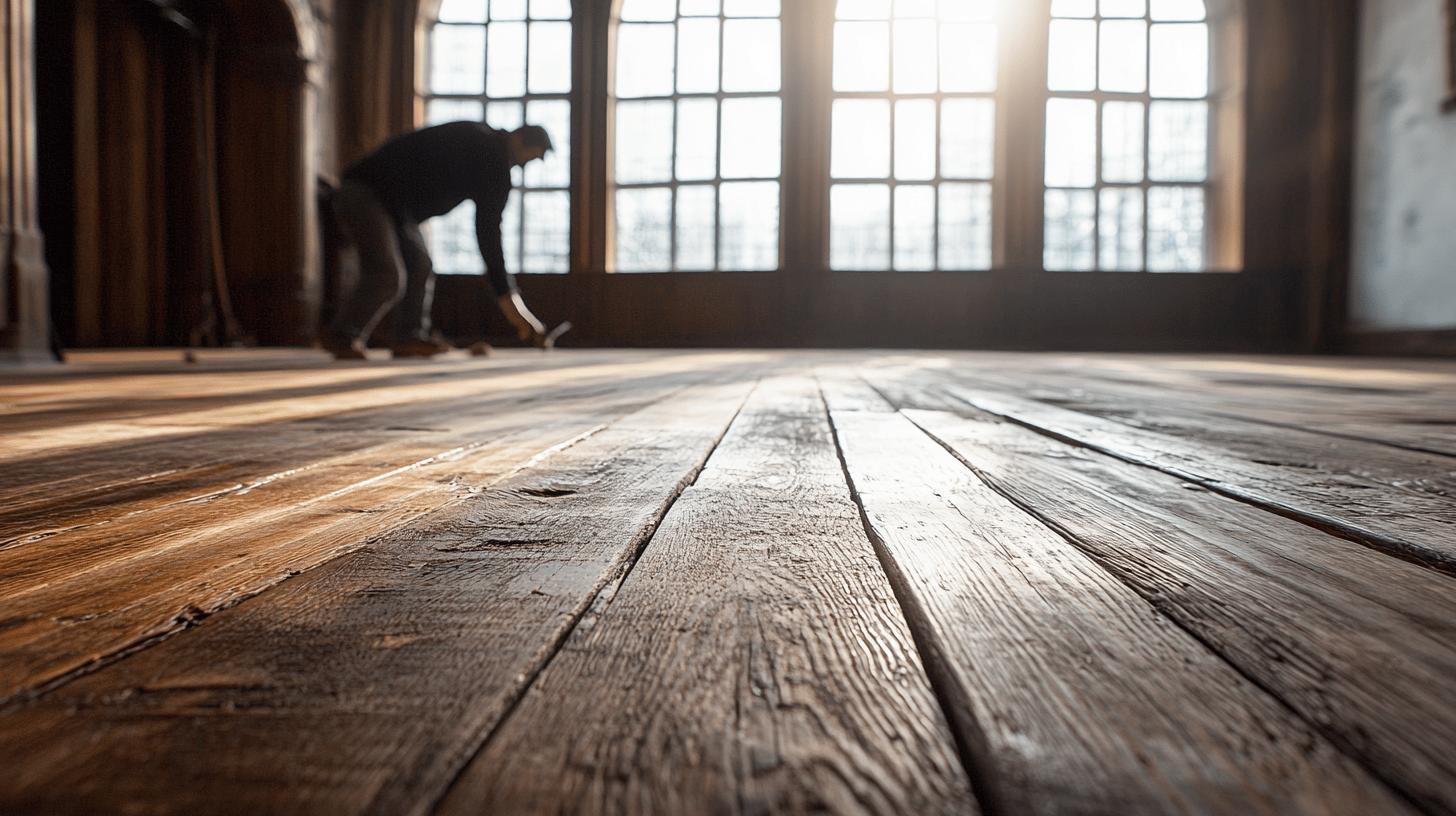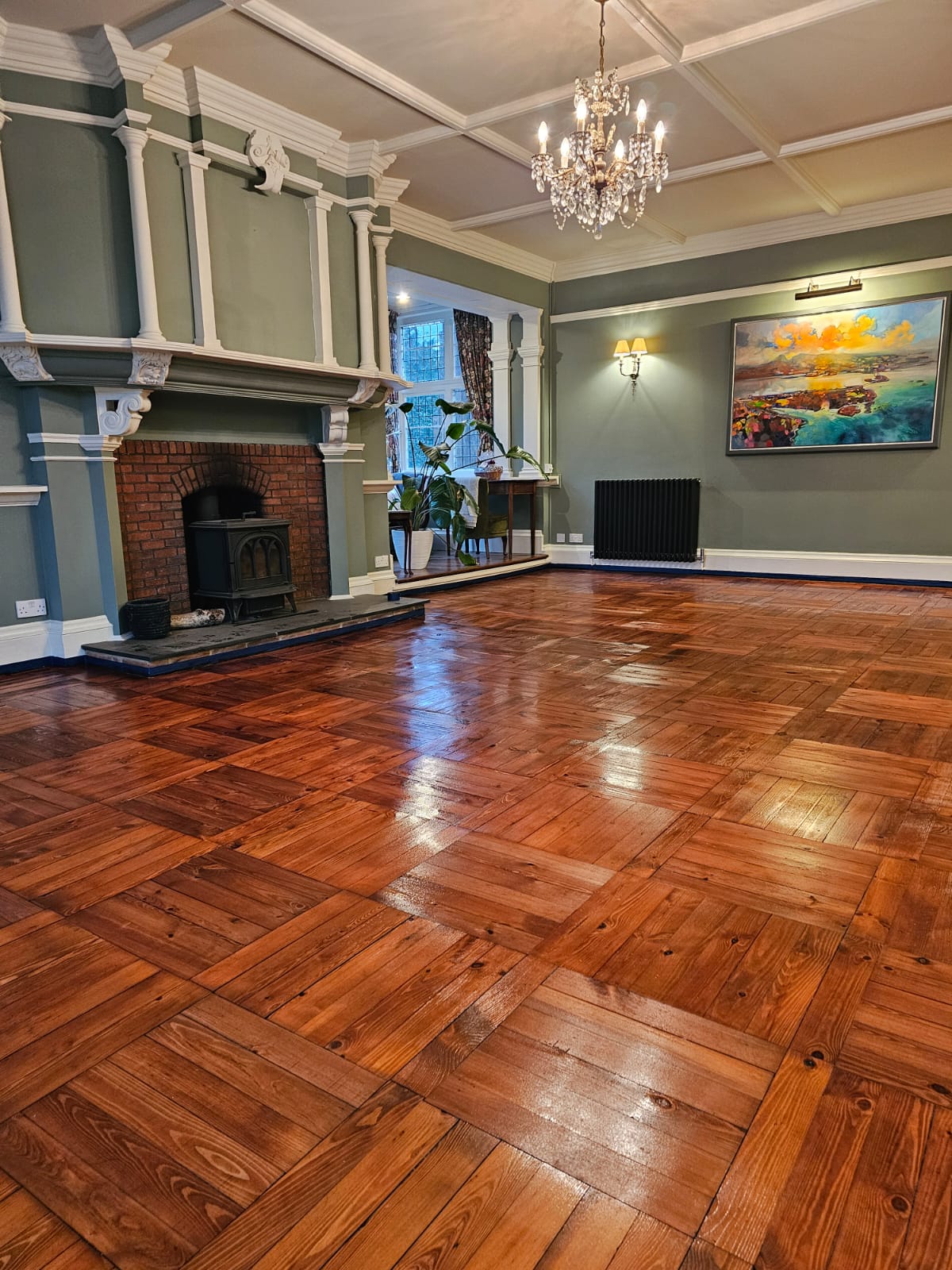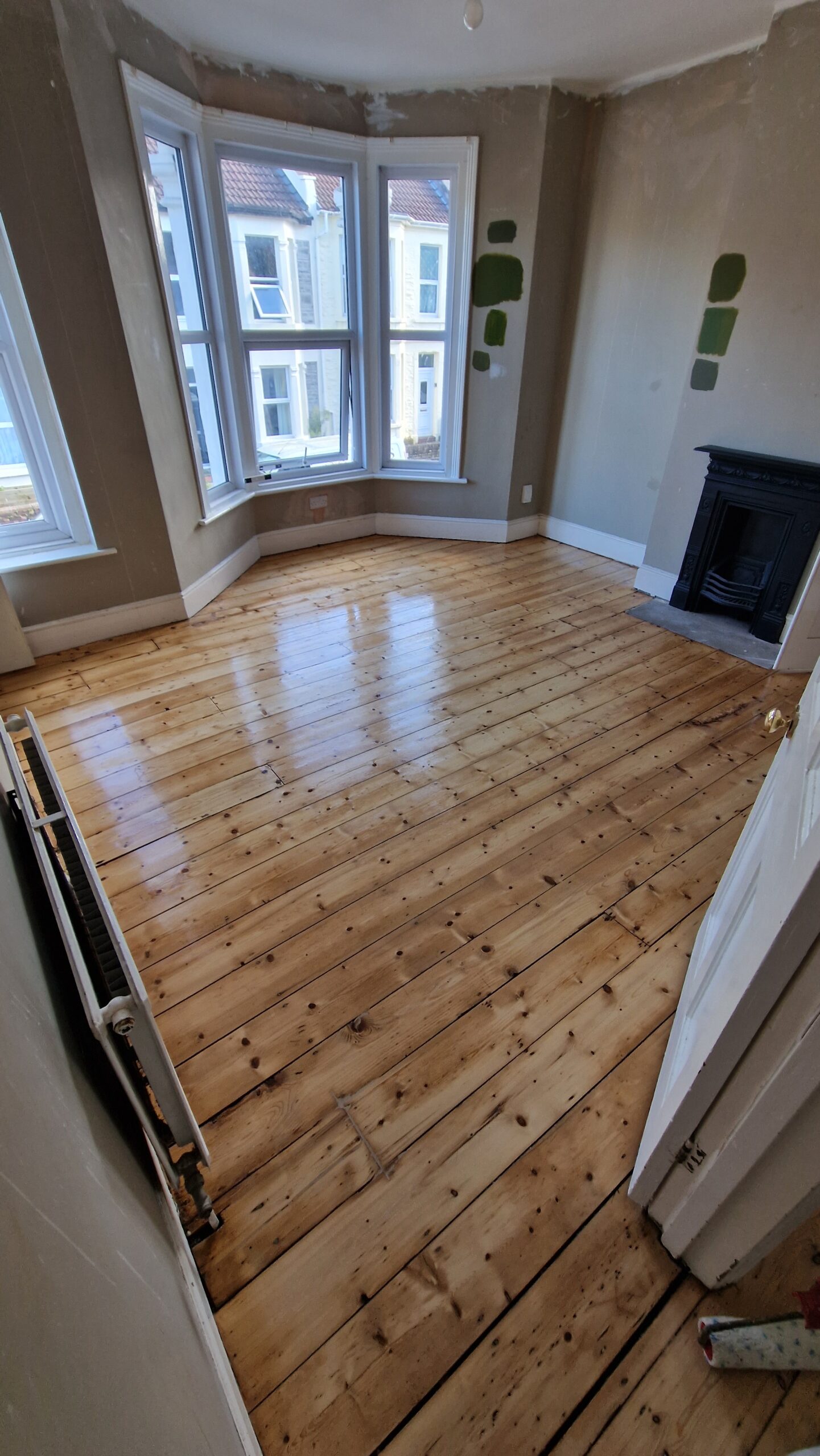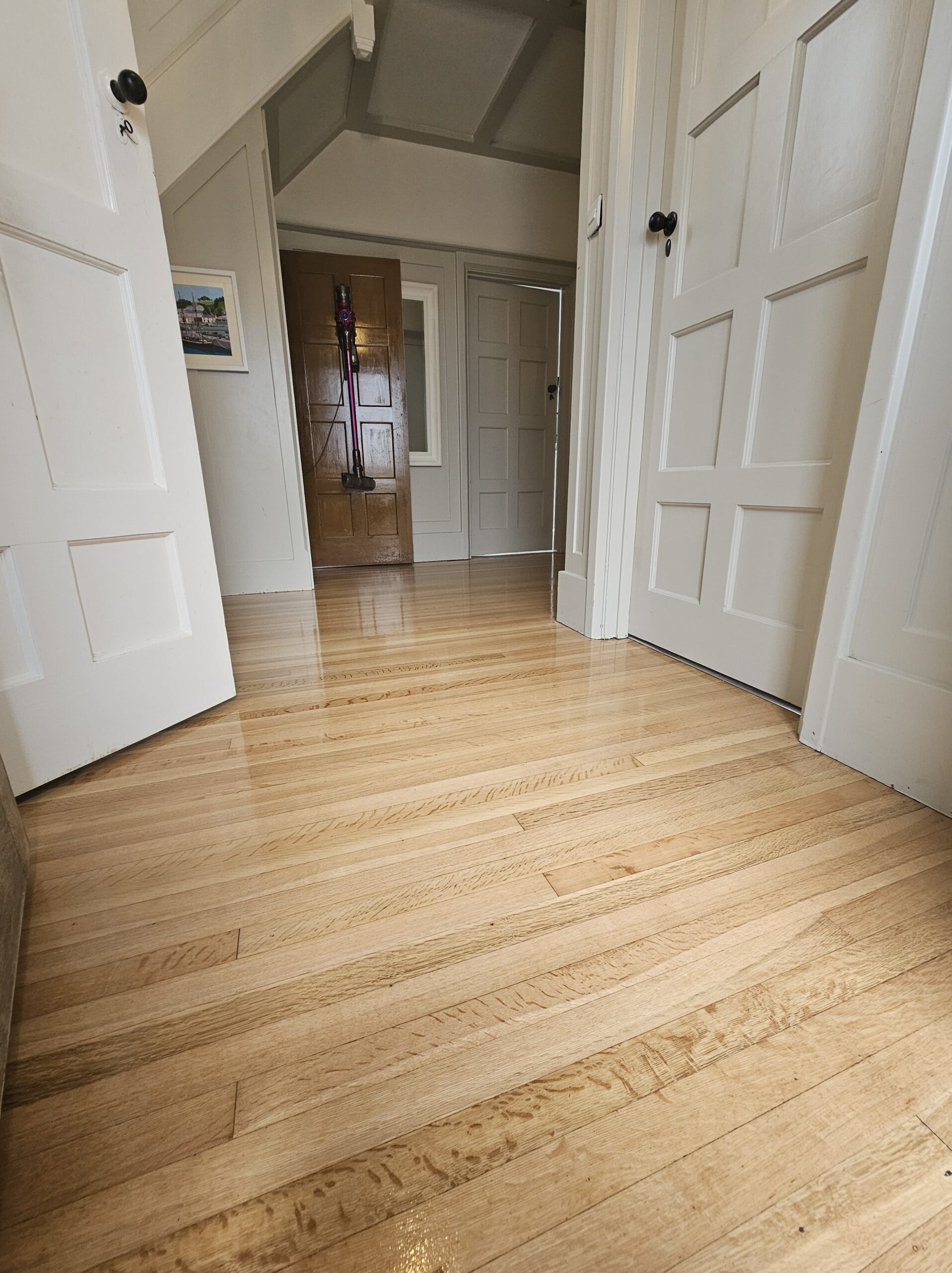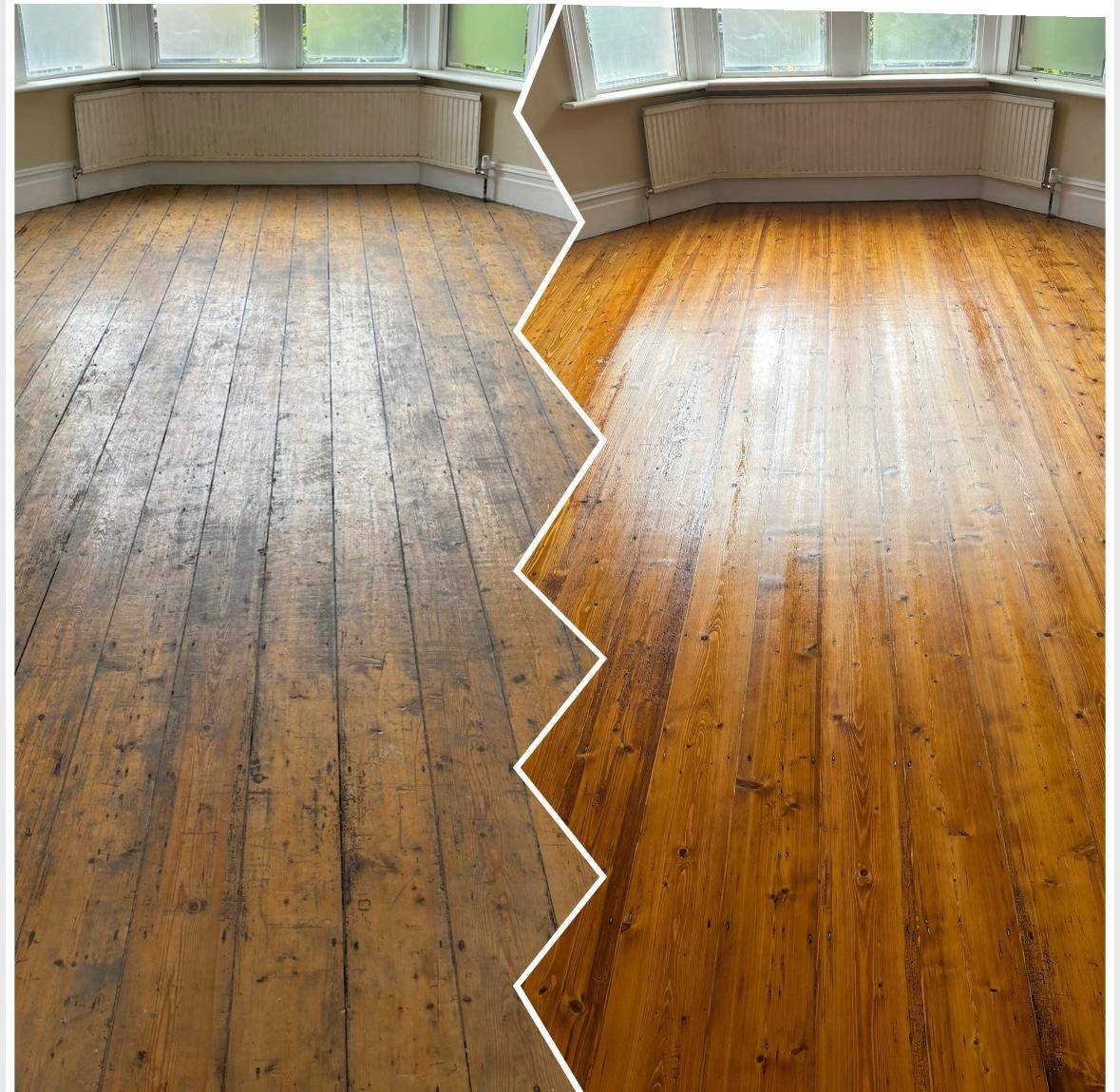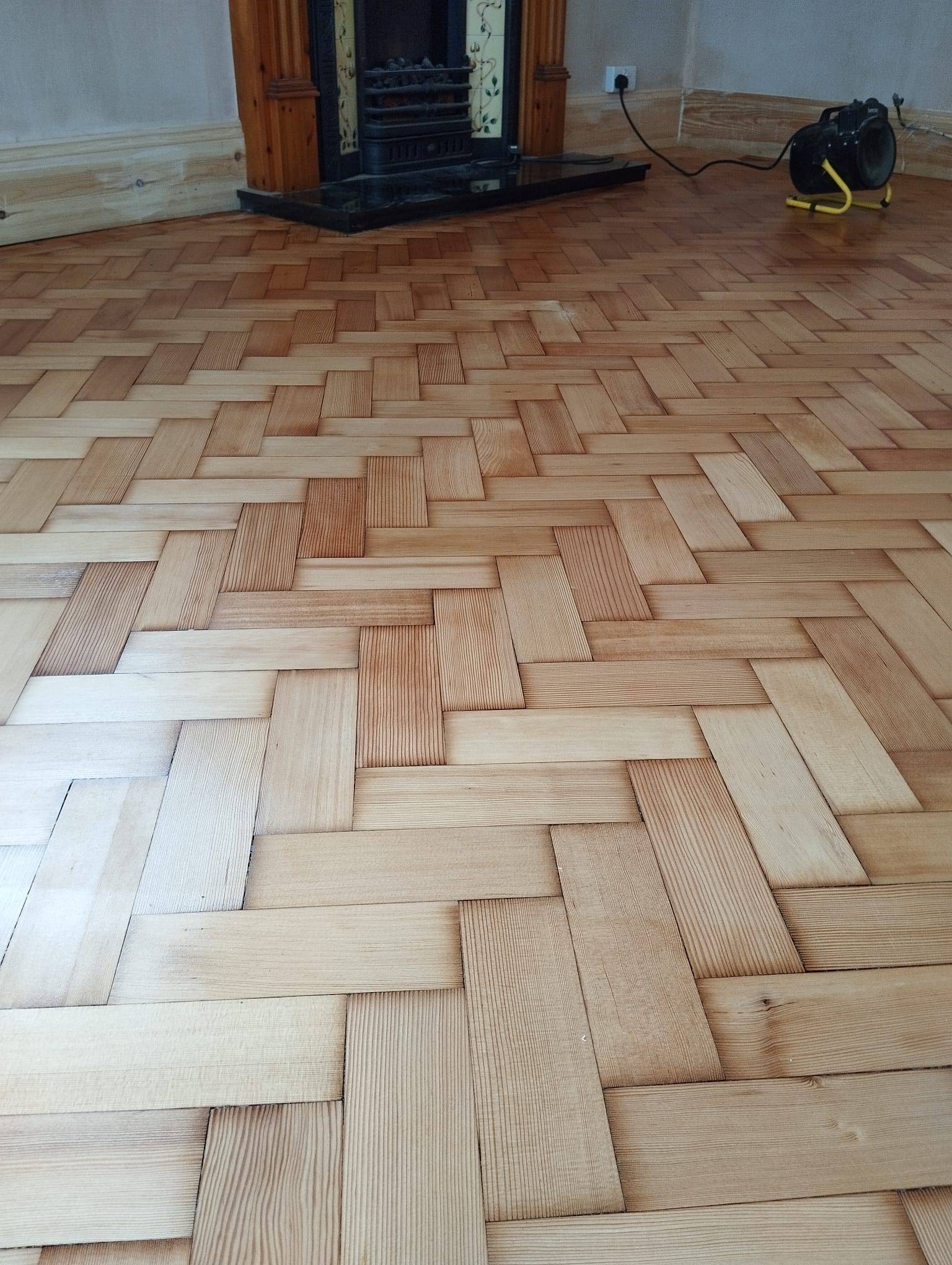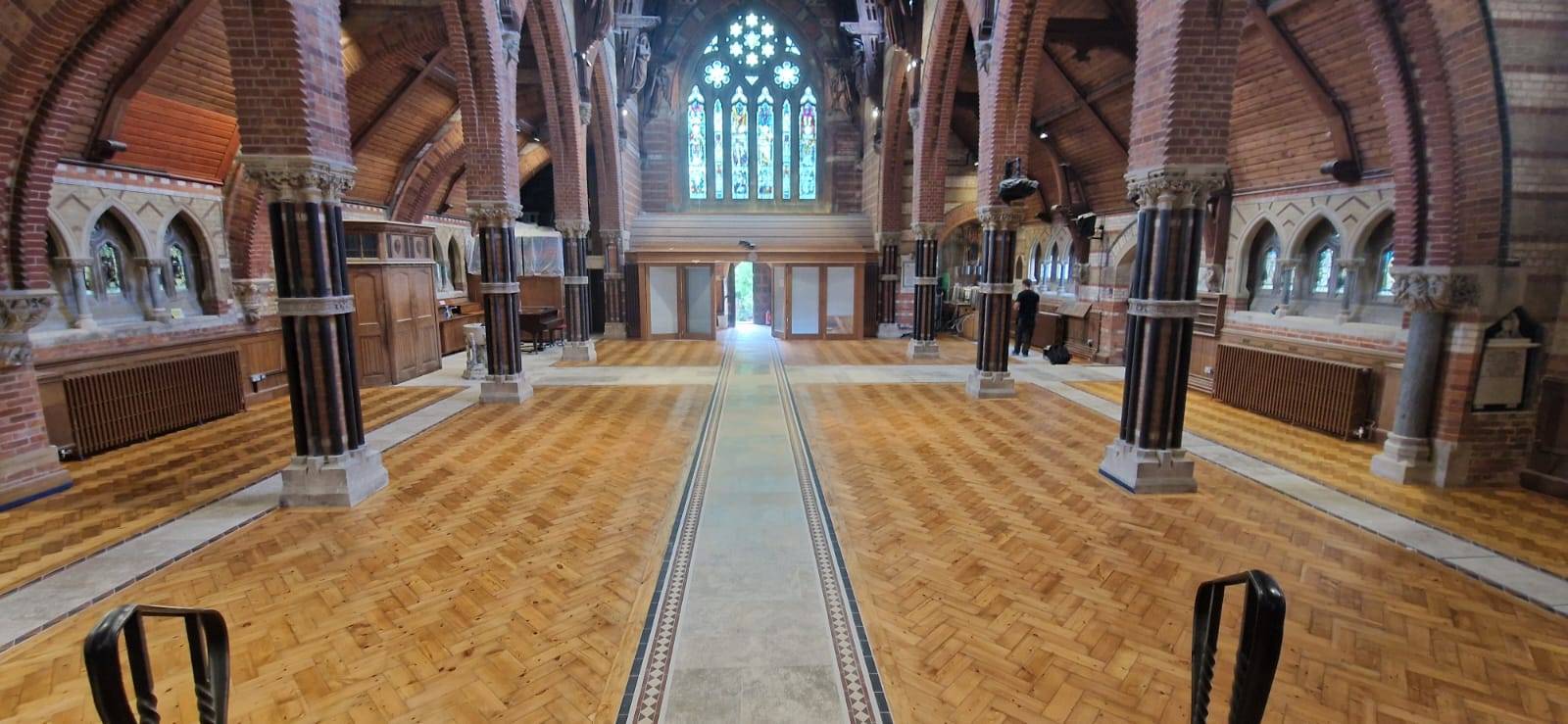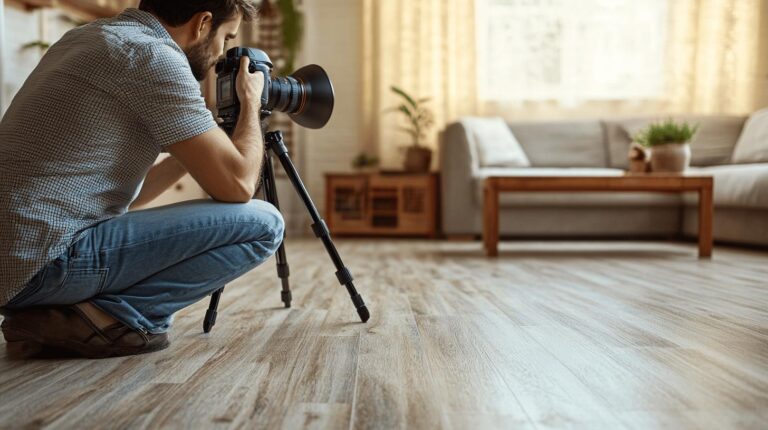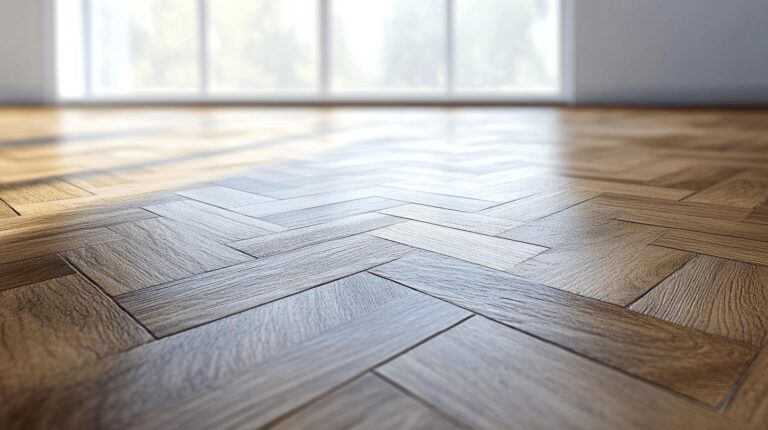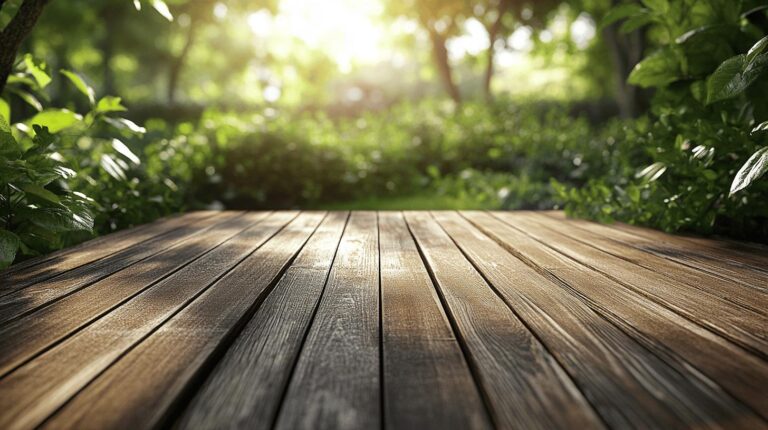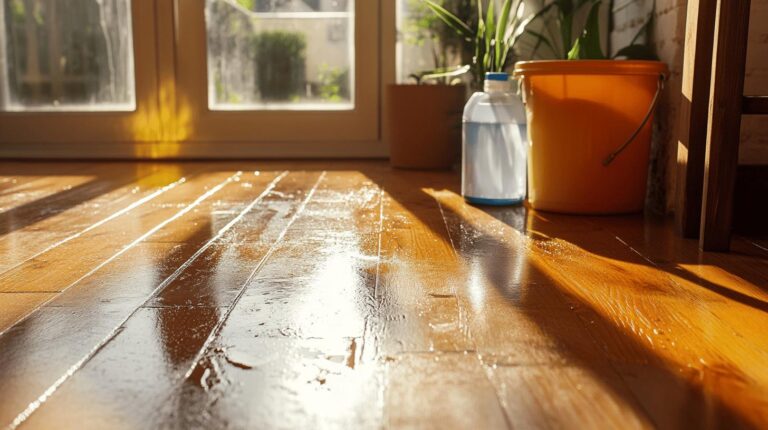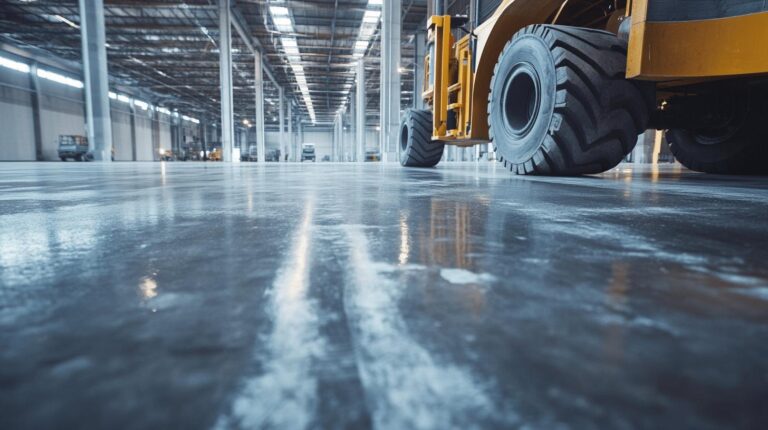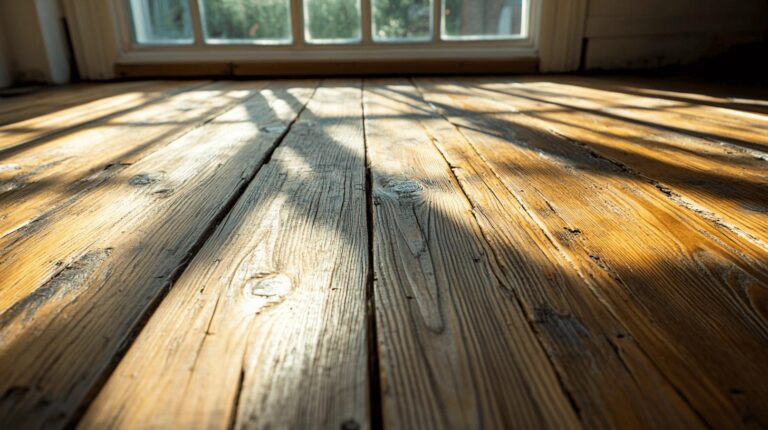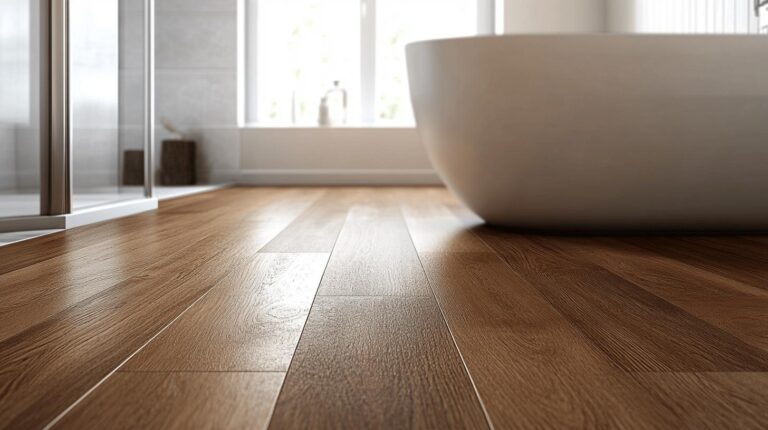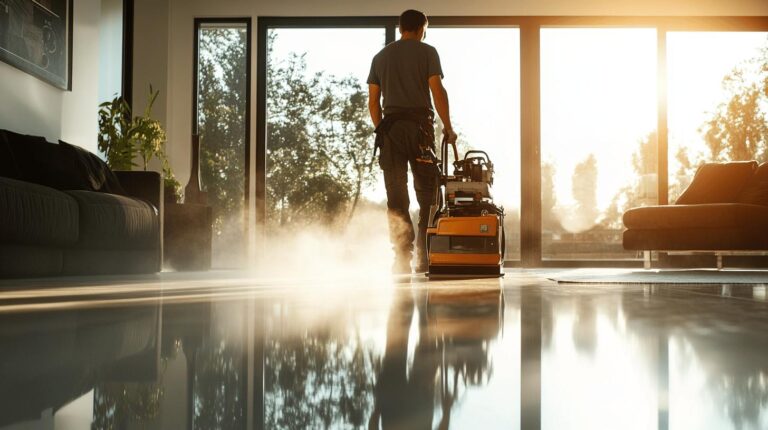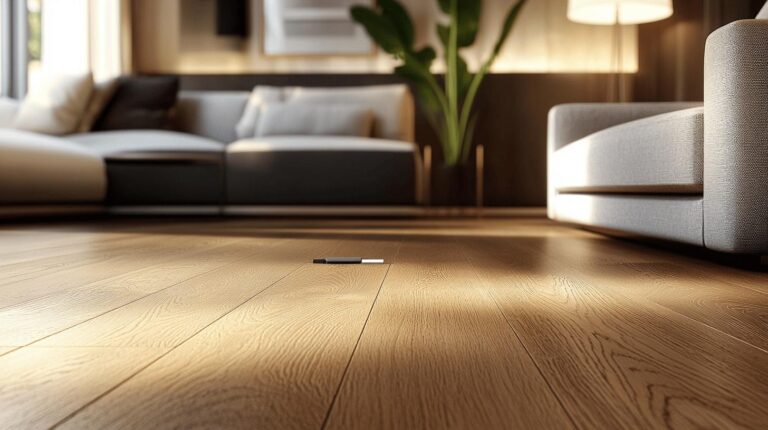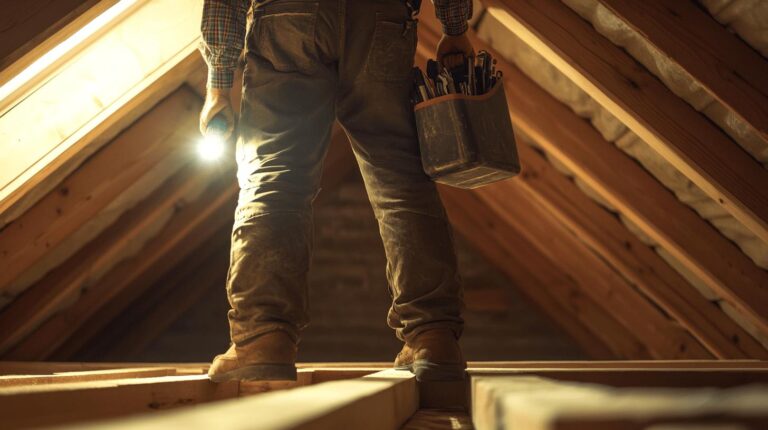What if the very floors you tread upon could speak tales of past centuries? Restoring wood floors in listed buildings is not just about aesthetic appeal; it is about preserving history without a whisper of compromise. With heritage sites, every plank holds stories and authenticity that must be safeguarded. This article delves into the intricate dance of wood floor restoration in these historic spaces, exploring the challenges and celebrated craftsmanship behind such projects. Discover how we transform historic floors not only to revive their beauty but to echo the past for generations to come.
Understanding Wood Floor Restoration in Listed Buildings
Listed buildings are vital to preserving cultural heritage and architectural history, making their maintenance an integral part of conservation efforts. The restoration of wood floors in these buildings is particularly complex, given the need to maintain both historical accuracy and structural integrity.
Preservation guidelines are paramount in ensuring that the restoration process respects the building’s original materials and design. These guidelines help maintain authenticity, preventing alterations that could compromise the building’s character. Adhering to such standards is not only a legal obligation but also a commitment to safeguarding history for future generations.
Common challenges encountered during wood floor restoration in listed buildings include:
- Historical Accuracy: Ensuring that any replacement materials match the original wood in both type and appearance.
- Environmental Considerations: Managing the impact of modern restoration techniques on the building’s original fabric.
- Structural Integrity: Reinforcing floors without altering or damaging the existing structure.
- Moisture Management: Protecting the wood from humidity and water damage, which can be more prevalent in older buildings.
- Regulatory Compliance: Navigating the complex legal frameworks that govern alterations to listed properties.
Skilled craftsmanship is essential in overcoming these challenges. Artisans with expertise in traditional techniques play a crucial role in maintaining the authenticity of heritage sites. Their ability to blend historical methods with modern innovations ensures that the restored floors not only meet preservation standards but also stand the test of time.
Case Study: Restoring Oak Flooring in a Historic House
Initial Assessment
The historic house in Sussex, renowned for its architectural elegance, had been a cherished family home for generations. Over the years, the oak flooring had succumbed to the passage of time, becoming dull and grey, a shadow of its former glory. The client, keen on period property renovation, aimed to restore the floor’s original splendour with minimal ongoing maintenance. The initial assessment revealed significant wear due to daily use and exposure, necessitating a comprehensive restoration to enhance both appearance and durability.
Restoration Techniques
The restoration process commenced with meticulous sanding, a critical step to remove the worn surface layers and expose the vibrant wood beneath. This technique not only eliminated surface imperfections but also prepared the wood to absorb the finishing products more effectively. Following the sanding, a high-quality oiling treatment was applied. This treatment served to rejuvenate the oak’s natural grain and colour, offering a rich, warm finish that mirrored the floor’s original aesthetic. These methods were selected to ensure the restoration aligned with the building’s historical character while providing robust protection against future wear.
Outcomes
Post-restoration, the oak flooring now boasts an enhanced aesthetic that harmonises with the historic home’s overall design. The natural grain is prominently visible, enriched by a deep, inviting hue. Additionally, the durability of the flooring has been significantly improved, offering resilience against daily wear and tear. This transformation not only revitalised the home’s interior but also preserved its historical integrity, ensuring the floor remains a testament to the property’s enduring legacy.
Preservation Techniques for Heritage Floors
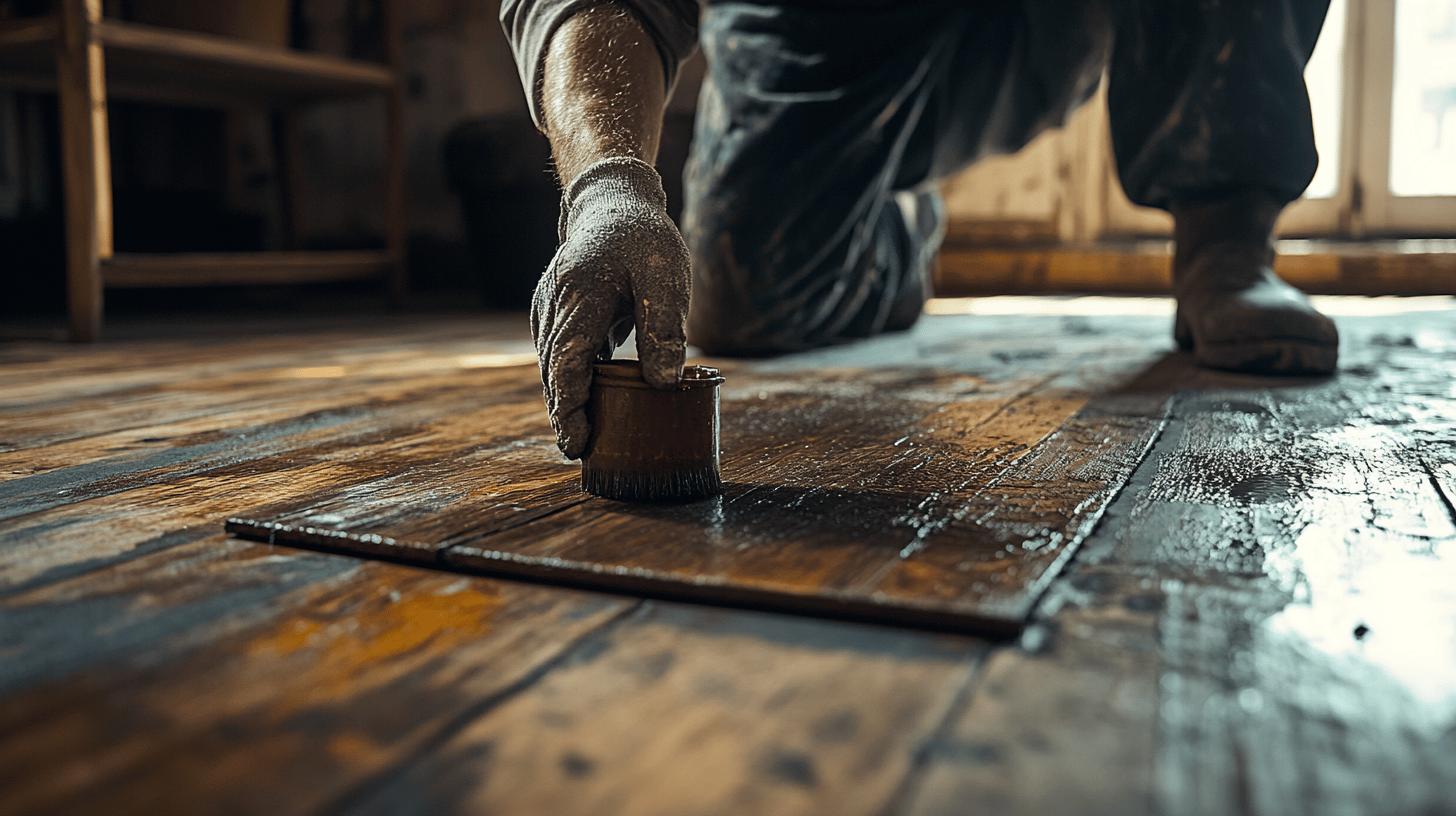
Preserving the historical character of wood floors in listed buildings requires meticulous attention to historical accuracy and conservation methods. The challenge lies in maintaining the authenticity of these floors while ensuring their longevity. Historical accuracy is crucial, as any deviation from the original design can diminish the building’s value and cultural significance. Conservation methods must be employed that respect the original materials and craftsmanship, ensuring that any restoration work enhances, rather than detracts from, the building’s historical narrative.
- Dust-Free Sanding: This technique minimises dust production, protecting both the floor and the surrounding historical features.
- Organic Oiling: Utilising oils derived from natural sources, this method nourishes the wood and enhances its original appearance.
- Traditional Waxing: Applying natural waxes provides a protective layer that complements the wood’s historical finish.
- Hand Scraping: A manual technique that preserves the unique textures of antique floors, maintaining their historical uniqueness.
- Natural Stains: These are used to match the original wood tones, ensuring any restored sections blend seamlessly with the existing floor.
These preservation techniques play a pivotal role in the successful restoration of heritage floors. By focusing on methods that align with the building’s original construction and aesthetic, restorers can ensure that the floors not only retain their historical integrity but also gain enhanced durability and visual appeal. Through careful application of these techniques, the floors are transformed into timeless pieces that continue to tell their story for generations to come.
Challenges in Wood Floor Restoration of Listed Buildings
Understanding the challenges of wood floor restoration in listed buildings is crucial for preserving their historical and architectural significance. These projects require a deep appreciation of both the building’s original design and the technical complexities involved. Failure to address these challenges appropriately can lead to irreversible damage, compromising the building’s heritage.
Structural Support
Ensuring structural support is a primary concern during restoration. The integrity of the subfloor and support systems must be maintained to prevent future issues. Techniques such as reinforcing existing joists and beams without altering their original structure are essential. This approach not only preserves the building’s authenticity but also provides the necessary support to withstand the added weight of restoration materials.
Moisture Management
Moisture management is another significant challenge. It is imperative to prevent moisture damage both during and after the restoration process. Strategies include installing effective vapour barriers and utilising moisture-resistant coatings. These methods protect the wood from humidity, which is especially critical in older buildings where moisture can easily penetrate and cause long-term damage.
- Regular assessments
- Use of moisture barriers
- Expert consultation
- Tailored restoration plans
Addressing these challenges requires a combination of traditional craftsmanship and modern techniques. Regular assessments ensure ongoing structural integrity and moisture control. Employing expert consultation allows for tailored restoration plans that respect both the building’s historical value and current conservation regulations. By prioritising these strategies, restorers can successfully navigate the complexities of listed building projects, ensuring the wood floors are both beautiful and structurally sound for future generations.
Materials and Craftsmanship: The Heart of Restoration
Authentic materials are essential in preserving the historical integrity of wood floors in listed buildings. Antique timber, for instance, is often sourced to match the original wood used in a building’s construction, ensuring that the restoration adheres to its historical context. This approach not only maintains the aesthetic coherence of the space but also respects the craftsmanship that originally went into its creation. By choosing materials that are true to the period, restorers can faithfully recreate the original appearance and feel of historic spaces, thereby safeguarding their legacy.
- Enhanced durability: Artisan craftsmanship ensures that the restored floors can withstand the test of time, providing long-lasting beauty.
- Aesthetic coherence: Skilled artisans can match the restored areas with the original design, creating seamless transitions and preserving the building’s visual harmony.
- Historical accuracy: Craftsmen with expertise in traditional methods are able to replicate historical techniques, maintaining the authenticity of the restoration.
- Value preservation: High-quality craftsmanship and authentic materials help to uphold the value of historic properties, making them a cherished part of cultural heritage.
The synergy of authentic materials and artisan craftsmanship is pivotal to the success and legacy of wood floor restoration projects. These elements ensure that the floors not only retain their historical accuracy but also gain enhanced durability and aesthetic appeal. By prioritising these aspects, restorers contribute to the enduring legacy of historic spaces, allowing them to be appreciated by future generations.
Expert Insights and Recommendations for Successful Restoration
Consulting with flooring experts is critical in the restoration of wood floors within listed buildings. Their specialised knowledge ensures that the restoration process respects both the building’s historical integrity and structural needs. Experts provide valuable insights into the best practices and materials to use, guiding the project to successful completion. By engaging with skilled professionals, historical accuracy and preservation standards are maintained, preventing costly mistakes or irreversible damage to the structure.
- Prioritise detailed planning to ensure that every step of the restoration aligns with preservation guidelines and the building’s architectural significance.
- Employ skilled tradesmen experienced in traditional restoration techniques to maintain historical authenticity and achieve high-quality results.
- Use authentic materials that match the original flooring to uphold the building’s historical value and aesthetic coherence.
- Conduct thorough assessments to identify potential challenges and develop tailored solutions that address the unique needs of the listed building.
- Ensure compliance with all regulatory and conservation requirements to protect the building’s status and avoid legal complications.
A notable success story comes from a project overseen by a leading restoration expert who transformed the wood floors of a listed Victorian property. By meticulously planning each phase and employing highly skilled tradesmen, the team was able to revive the floors to their original splendour. This restoration not only enhanced the property’s aesthetic appeal but also reinforced its historical legacy, demonstrating the profound impact of expert guidance on achieving outstanding restoration results.
Final Words
Wood floor restoration in listed buildings presents unique challenges due to their historical significance and the need for meticulous preservation techniques. Successful projects draw on authentic materials and skilled craftsmanship, as seen in the Sussex case study. Navigating these complexities requires attention to detail and adherence to preservation guidelines to maintain authenticity and enhance structural support. Expert insights have consistently highlighted the importance of a well-planned approach, ensuring projects not only meet aesthetic goals but also fulfil conservation requirements. Armed with these insights, achieving successful wood floor restoration in such esteemed settings is both feasible and rewarding.
Restore your listed property’s floors – Contact Ryan’s Restoration for heritage expertise today!
FAQ
Q: What are listed buildings, and why is their restoration important?
Listed buildings hold historical value and require careful restoration to maintain their integrity and authenticity. Restoration ensures these structures preserve their historical significance for future generations.
Q: What common challenges are faced when restoring wood floors in listed buildings?
Common challenges include maintaining historical accuracy, ensuring structural support, managing moisture, and adhering to conservation regulations. Effective solutions, such as tailored restoration plans and expert consultations, can address these challenges.
Q: How did the oak flooring in the Sussex case study get restored?
The oak flooring was restored by sanding and oiling, revitalising its appearance, and enhancing its grain and colour. This process improved both the aesthetic quality and durability of the floors.
Q: What preservation techniques are used for historical wood floors?
Preservation techniques include dust-free sanding, organic oiling, and traditional waxing. These methods maintain the floor’s historical character while enhancing durability and appearance.
Q: What role do materials and craftsmanship play in wood floor restoration?
Using authentic materials like antique timber and skilled craftsmanship is vital. These elements ensure historical accuracy, enhanced durability, and successful restoration outcomes, contributing to the project’s legacy.
Q: What insights and recommendations do experts provide for successful wood floor restoration?
Experts recommend thorough planning, hiring skilled tradesmen, and following preservation guidelines. These strategies ensure restoration success while maintaining historical integrity and delivering high-quality results.
